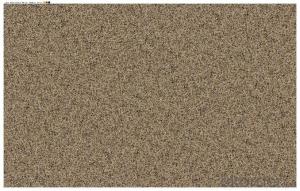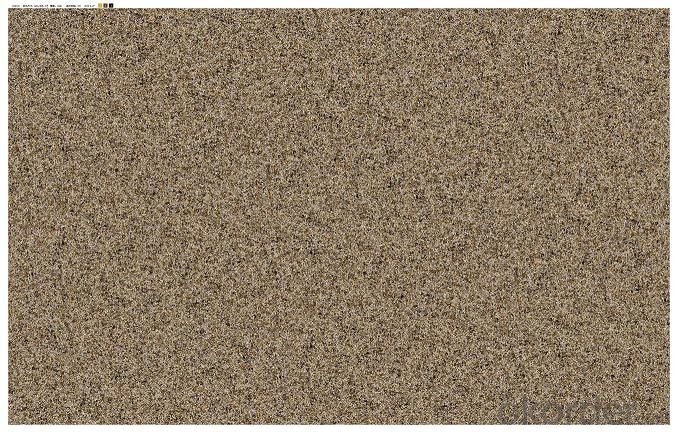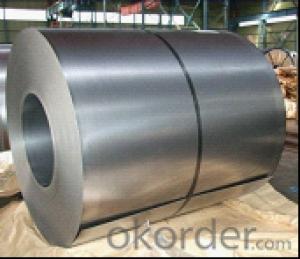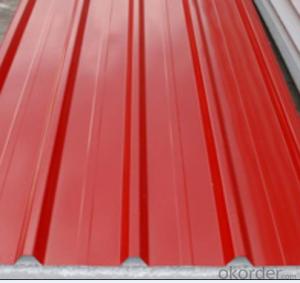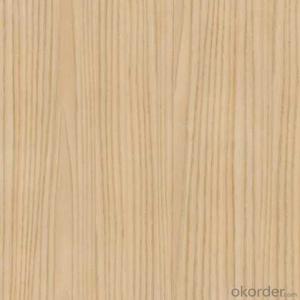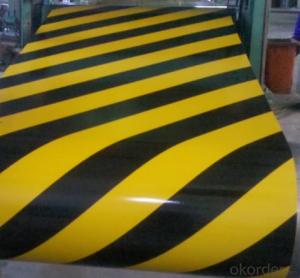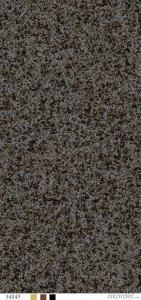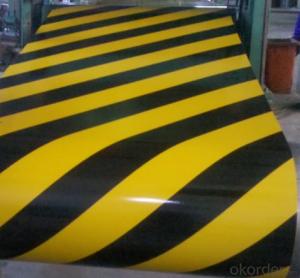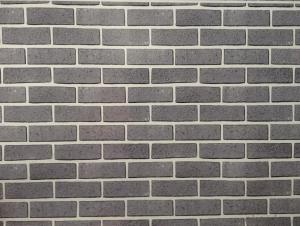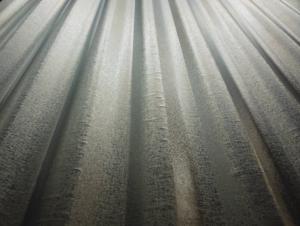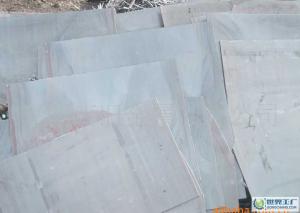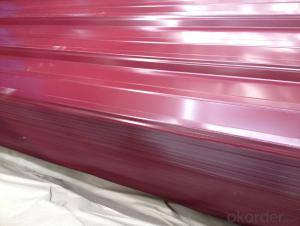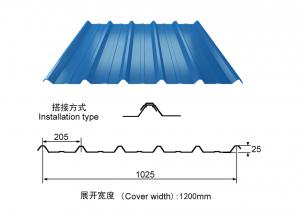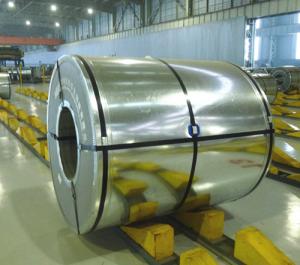color bond surface coating steel plate--XY018
- Loading Port:
- China Main Port
- Payment Terms:
- TT OR LC
- Min Order Qty:
- -
- Supply Capability:
- -
OKorder Service Pledge
OKorder Financial Service
You Might Also Like
1.Color bond surface coating steel plate :
2.More than ten years experiences, the products are sold to the domestic city and some international cities we strivc to develop production of color coating steel plate the plating (aluminum )zinc steel. Coil cheickness between 0.6mm and 1.5mm and the width from 600mm to 1250mm and a variety of high durability of color coating steel plate.
3.The company has multiple layer patterns for customers to choose The company provides products deep processing services ,meet the various needs of customers on board specifications All of out products comply with international quality standards and are greatly appreciated in a variety of different markets throughout the world.
4.If you ate interested in any of our products or would like to discuss a custom order please feel free to contact us we are looking forward to forming successful business relationships with new clients around the world in the near future.
5.We can design the color and thickness according to customers' requirements. The delivery time is only 30 day after you confirm the order.
- Q: What are the problems encountered in the construction of steel sheet piles? How to deal with
- Steel sheet pile and fill ground segment into the process by the lateral extrusion force of different rocks are prone to deviation, take the following measures to rectify the deviation in the deflection position of the steel sheet pile to pull l.0m ~ 2.0m, and then down into the hammer, so the up and down reciprocating vibration extracting several times, can make the big stone shattered or the displacement, make steel sheet pile position is correct, reduce the inclination of the steel sheet pile.
- Q: What are the different types of surface treatments available for steel sheets?
- There are several different types of surface treatments available for steel sheets, each serving a specific purpose and offering unique benefits. 1. Hot-dip galvanizing: This is a widely used method where steel sheets are dipped in a bath of molten zinc, creating a protective coating that prevents corrosion. Hot-dip galvanizing provides excellent corrosion resistance and durability. 2. Electro-galvanizing: In this process, a layer of zinc is electrochemically deposited onto the steel sheets, creating a thin, uniform coating. Electro-galvanizing provides good corrosion protection and is often used for decorative purposes. 3. Powder coating: This surface treatment involves applying a dry powder onto the steel sheets and then curing it using heat. Powder coating provides a durable and attractive finish, offering protection against corrosion, UV rays, and chemicals. 4. Paint coating: Steel sheets can be coated with various types of paints, including epoxy, polyurethane, and polyester. Paint coatings provide aesthetic appeal and offer protection against corrosion and weathering. 5. Phosphating: This treatment involves applying a phosphate coating to the steel sheets, which enhances their corrosion resistance and improves paint adhesion. Phosphating is often used as a pre-treatment before painting or powder coating. 6. Chromate conversion coating: Also known as chromating or passivation, this treatment involves applying a thin layer of chromate onto the steel sheets. Chromate conversion coatings enhance corrosion resistance and improve paint adhesion. 7. Anodizing: Although primarily used for aluminum, anodizing can also be applied to steel sheets. This process involves creating an oxide layer on the surface of the steel, which enhances corrosion resistance and provides a decorative finish. 8. Pickling: This treatment involves immersing the steel sheets in an acidic solution to remove scale, rust, and other impurities. Pickling leaves the steel sheets with a clean, smooth surface, ready for subsequent treatments or processes. Overall, the choice of surface treatment for steel sheets depends on the intended application, desired appearance, and level of corrosion resistance required.
- Q: What is muotileaved spring? What is the little leaf spring?
- Leaves: by the middle thick and thin steel sheet at both ends of the superposition of equal width. The plate section changes little leaf spring, from the middle to both ends of the cross section is gradually different, therefore the rolling process is more complex, the price is expensive than multi leaf spring. Compared with less leaf spring leaf spring, in the same stiffness (i.e. the same carrying capacity) under the condition of less than the spring leaf light is approximately 50%, reducing fuel consumption, increased ride comfort. And between the little leaf spring monolithic contact, reduces the relative friction and vibration, the ride comfort is increased.
- Q: Are steel sheets available in different patterns or textures?
- Yes, steel sheets are available in different patterns and textures.
- Q: Can steel sheets be welded or joined together?
- Yes, steel sheets can be welded or joined together. Welding is a common method used to join steel sheets together. It involves melting the edges of the sheets and then allowing them to cool and solidify, creating a strong bond between the two sheets. Welding is an effective way to join steel sheets as it provides a durable and permanent connection that can withstand high levels of stress and load. Additionally, other methods such as riveting, bolting, and adhesive bonding can also be used to join steel sheets together depending on the specific application and requirements.
- Q: Can steel sheets be used for toolboxes and cabinets?
- Yes, steel sheets can be used for toolboxes and cabinets. Steel is a durable and sturdy material that can withstand heavy loads and provide excellent protection for tools and items stored inside. It is commonly used in the construction of toolboxes and cabinets due to its strength and ability to resist damage from impact and corrosion.
- Q: What are the different grades of steel sheets?
- There are several different grades of steel sheets, including low carbon steel, medium carbon steel, high carbon steel, and stainless steel. Each grade has different properties and uses, ranging from general purpose applications to specialized industries such as automotive, construction, and aerospace.
- Q: What are the different types of steel coatings for sheets?
- There are several different types of steel coatings for sheets, including galvanized, galvannealed, aluminized, and stainless steel coatings.
- Q: How thick are steel sheets typically?
- Steel sheets can vary in thickness depending on their intended use, but they typically range from 0.5 to 6 millimeters thick.
- Q: Are steel sheets suitable for manufacturing elevator doors?
- Yes, steel sheets are suitable for manufacturing elevator doors. Steel is a strong and durable material that provides excellent structural integrity, making it ideal for ensuring the safety and security of elevator passengers. Additionally, steel sheets can be customized to meet specific design requirements and can be finished in various colors or patterns to enhance the aesthetic appeal of elevator doors.
Send your message to us
color bond surface coating steel plate--XY018
- Loading Port:
- China Main Port
- Payment Terms:
- TT OR LC
- Min Order Qty:
- -
- Supply Capability:
- -
OKorder Service Pledge
OKorder Financial Service
Similar products
Hot products
Hot Searches
Related keywords
